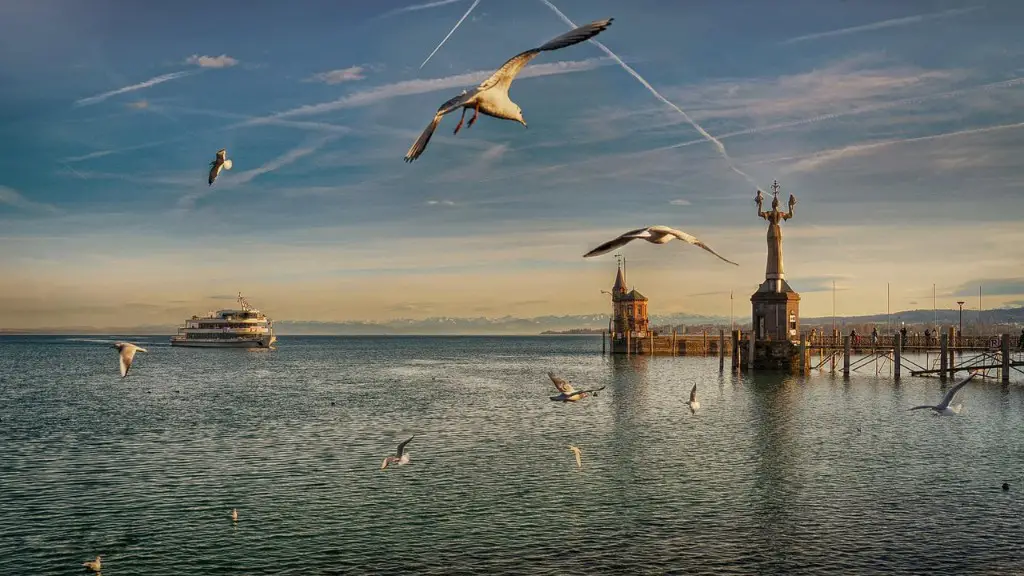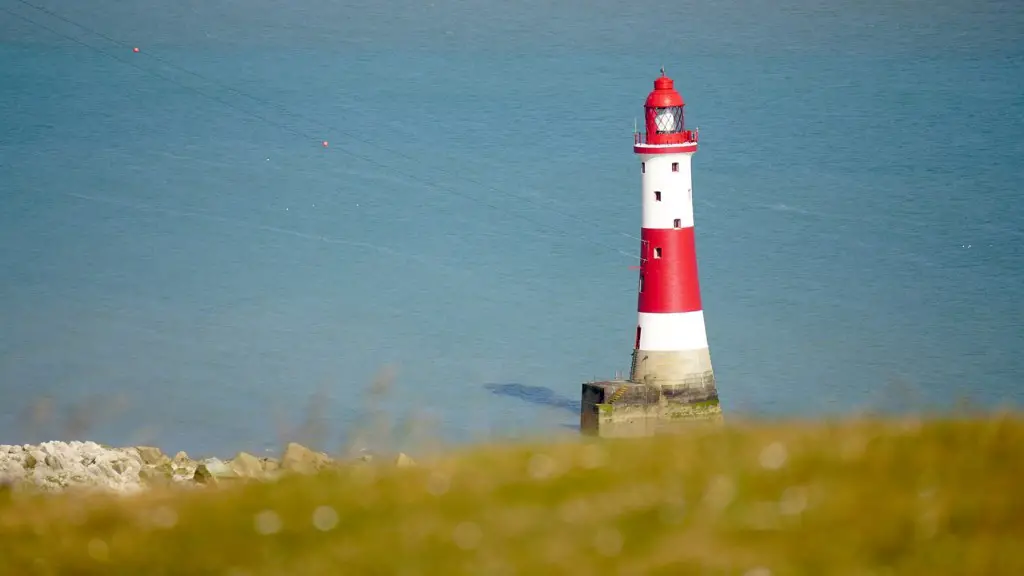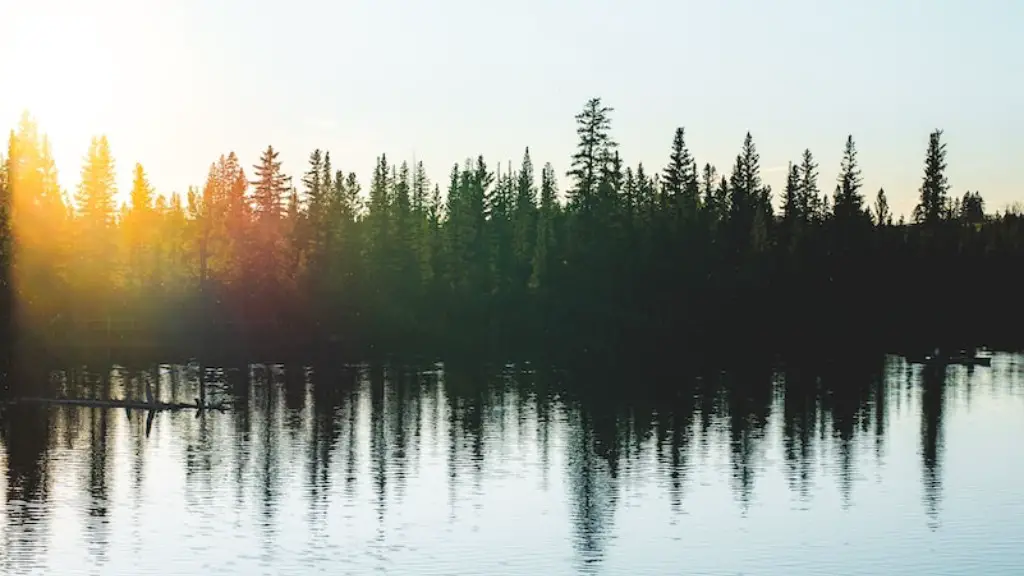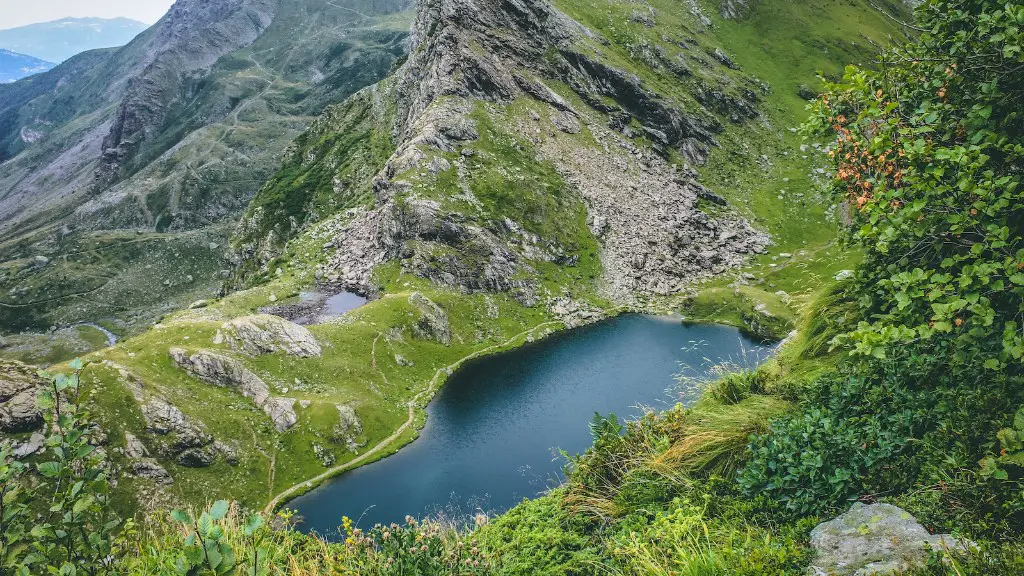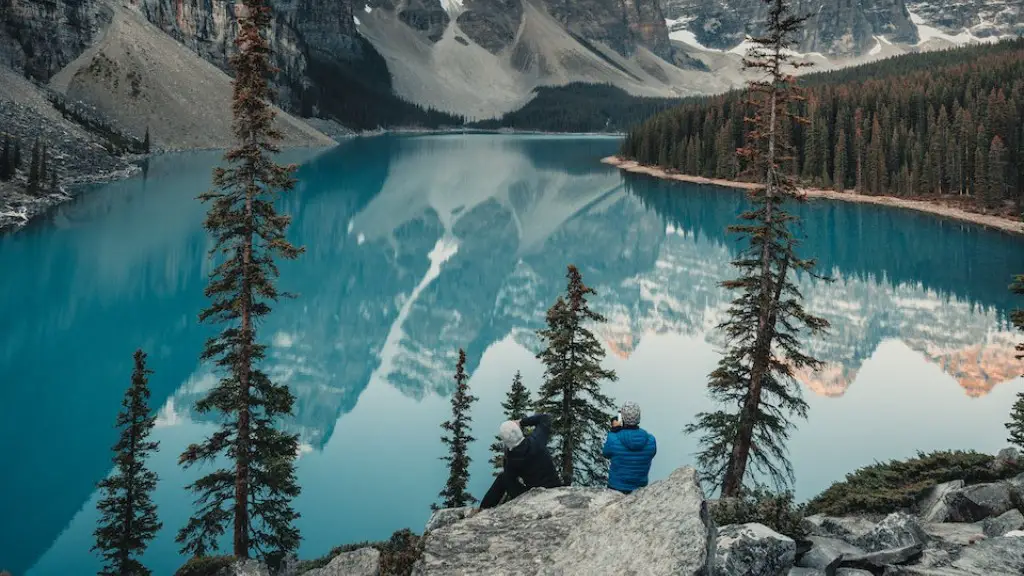Lake Baikal’s Freezing Season
Lake Baikal, the oldest and deepest lake in the world, covers an area of 31,500 square kilometers in the southern part of eastern Siberia. It is home to over 1700 species of animals and plants and rises to a depth of at least 1637 metres in some areas. Every year, the lake freezes over, forming a magnificent ice layer of up to 2 meters thick.
The freezing season usually begins in mid to late November, when the first ice starts to form along the edges of the lake. As the winter progresses and the temperatures steadily drop, the ice starts to formsheets of up to tens of kilometers in length. By the end of January, approximately 75-90% of the lake surface is covered in a thick sheet of ice.
Experts from the Siberian Branch of the Russian Academy of Science (SB RAS) have observed that the freezing time of Lake Baikal has decreased over the last decade. It is believed that the increasing temperatures have had an impact on the thickness of the lake’s ice. Data from SB RAS reveals that in earlier years, the lake’s ice layer was approximately 2 metres thick. However, this thickness has now dropped to around 1-1.5 metres.
There has been an effort to understand the cause of this phenomenon and prevent further declines in ice thickness. A study conducted by SB RAS scientists showed that the thinning of the lake’s ice is associated with the effects of climate change. Although the air temperature of the region has remained fairly constant over the years, the annual mean water temperatures of the lake has increased by 1.2 degrees celsius.
The findings of the study suggest that rising global temperatures may be a key factor in Lake Baikal’s declining ice thickness. This could potentially have a huge impact on the local environment and wildlife of the region.
The Effect of Snowfall on the Ice Thickness
Another possibility that should be considered is the effect of snowfall on the lake’s ice layer. The ice thickness of the lake is heavily dependent on the amount of snow that is deposited on the lake surface during the winter season.
Data from SB RAS shows that in years with lower snowfall, the ice layer of the lake tends to be thinner due to the lack of snow acting as an insulator. Furthermore, the snow cover on the lake also acts as a barrier to prevent heat absorption from the sun, thereby reducing the rate of melting.
Studies conducted by scientists have revealed that a significant amount of snowfall is necessary in order to preserve the two-meter thickness of the lake’s ice layer. As a result, conservationists aim to reduce the impact of climate change and preserve the snow cover of the region by planting trees and shrubs to act as insulators against rising temperatures.
However, it is important to keep in mind that while this initiative may help to preserve the ice layer of the lake, it is only part of a much bigger problem. Climate change is steadily increasing temperatures all over the world, and this will have a significant impact on the ice thickness of Lake Baikal in the coming years.
Threats To Wildlife In The Region
The decline in the lake’s ice thickness could also pose a threat to the wildlife in the region, as thinner ice leads to increased evaporation and higher risks of hypoxia. Additionally, the lake’s unique ecosystem is home to a variety of endangered species, some of which rely on the lake’s ice layer for shelter and protection.
In light of this, the Russian government has taken a number of steps to address the issue. The Environmental Protection Agency of Russia (RPA) has set up a number of conservation areas in the region in order to protect the wildlife and their habitats. The agency also collaborates with local communities to reduce the amount of pollution in the region and ensure that the water quality of Lake Baikal is maintained.
The RPA has also encouraged locals to monitor the ice thickness of the lake in order to assess the impact of climate change on the region. This will help to identify any potential risks and enable authorities to take timely action.
Technology With A Role
In recent years, there has also been an effort to utilize technology to monitor the lake’s ice cover. Data from satellites and drones is used by scientists to assess the thickness and extent of the lake’s ice layer. This data is then evaluated by specialists in order to gain a better understanding of the lake’s ice cover.
This technology has also enabled authorities to plan for potential disasters and respond quickly to any sudden changes. The RPA has set up a monitoring system in the region which will enable them to provide timely warnings to locals in case of any sudden changes or risks.
Increasing Awareness Among The Locals
In addition to the government’s efforts, local communities have also been contributing to the preservation of Lake Baikal and its surrounding environment. Conservationists are focusing on creating awareness among locals about the importance of preserving the lake’s fragile ecosystem. Environmental organizations such as Greenpeace have been educating locals about the potential environmental impacts of climate change and the importance of minimizing pollution in the area.
The local population is also encouraged to reduce their dependence on fossil fuels and switch to renewable sources of energy in order to reduce their carbon footprint. Locals are also taught the importance of reducing water usage and avoiding activities that might disrupt the lake’s delicate ecosystem.
Efforts To Protect The Lake
In conclusion, the Russian government and local communities are making significant efforts to preserve the fragile ecosystem of Lake Baikal. They are using technology to monitor the lake’s ice layer and working to reduce its impact on the environment. Furthermore, awareness campaigns are also being conducted in order to educate locals about the importance of preserving the lake and its surrounding area.
Focus On Climate Change
Nevertheless, climate change remains the biggest threat to Lake Baikal’s fragile ecosystem, and the rise in water temperatures poses a serious risk to the lake’s ice thickness. Moving forward, authorities will need to focus on reducing emissions and encouraging sustainable development in order to make sure that the lake remains safe for future generations.
Reducing Pollution
In addition to reducing emissions, the RPA is also looking at ways to reduce pollution in the region. In particular, the agency is focusing on preventing industrial runoff and the dumping of trash in the lake. Furthermore, stringent regulations have been implemented in order to reduce the amount of pollutants that are released into the lake’s environment.
Long Term Solutions
In the long term, authorities are also working on developing long term solutions in order to preserve the lake’s flora and fauna. These include introducing more strict regulations to protect endangered species, as well as increasing investment in renewable energy sources and increasing awareness among locals.
Conclusion
Lake Baikal is a unique and important ecosystem that needs to be preserved for future generations. With increased awareness, effective management, and a concerted effort to reduce emissions, it is possible to protect this delicate environment and maintain the lake’s natural beauty.
